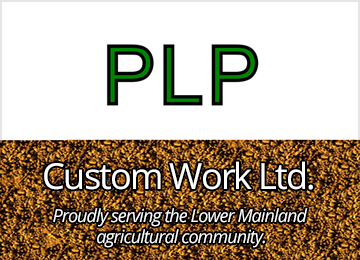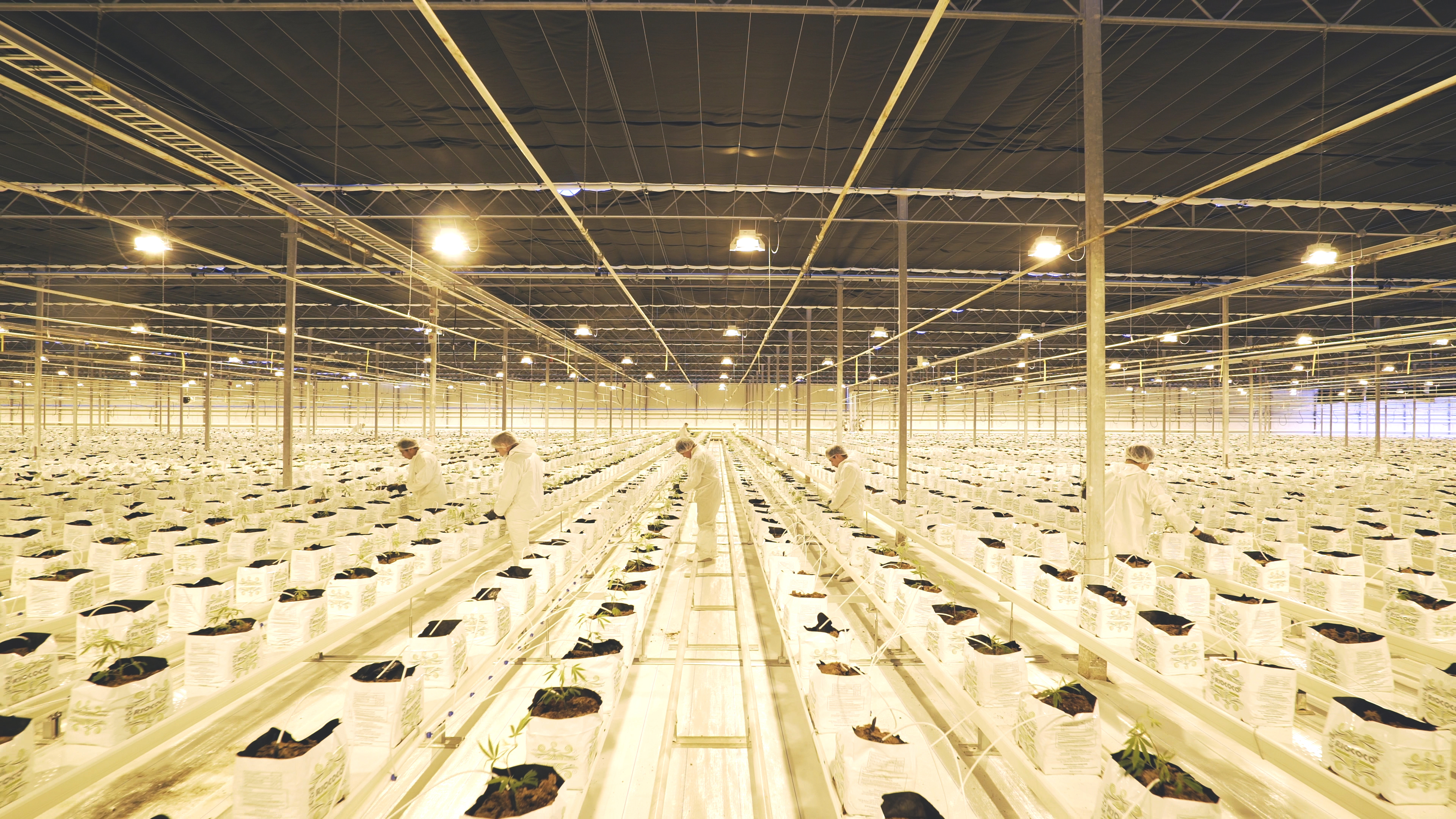With temperatures expected to soar in the Fraser Valley in the coming days, we turn to an article from two years ago, written by Kaitlyn Gisler which contains advice from local vets at Agwest Veterinary Group.
Agwest Veterinary Group, a large animal clinic situated in Matsqui and serving farmers in the Lower Mainland, held an informative and engaging seminar on heat stress management. The event took place in early spring; and although warm weather wasn’t a concern then, summer is officially here and it’s time for a refresher of all the “hot” topics covered that day.
Keynote speaker and veterinarian, Dr. Nigel Cook, started with heat stress basics: the signs and symptoms that your dairy herd may be suffering. According to Dr. Cook’s research it doesn’t take much for cows to feel the heat. Dairy cattle are thermoneutral (most comfortable) between 4°c to 21°c. Newborn calves are thermoneutral from 10°c-26°c and a month-old calf maintains the best body temperature from 0°c-23°c.
There are distinct behavioural and physiological signs to determine if your cows are struggling with heat stress. Hot cows will stand for longer periods of time in an attempt to cool down. The side effects of longer standing periods are an increase in lameness with a decrease in production and conception rates. Chances are if one cow is showing signs, the rest of the herd will follow. Behaviours such as “bunching” (crowding at one end of your barn) or standing with their front legs in the water tub—a sign of dominance—will become apparent.
Agwest’s Dr. Lisa McCrea also noted in her presentation that cows drink 50-60 per cent of their total, daily water intake after milking. Cows standing in water tubs is not sanitary but also suggests that there are not enough available water sources in your barn hence the dominant behaviour of the boss cow.
Dr. McCrea described the milk cow as having a “huge internal furnace”—with four distinct stomach compartments and rumination activity—which is an acute reminder that dairy cattle are affected by hot weather but also have the task of dispelling their own heat.
When rumination decreases, warned Dr. McCrea, so does overall rumen health. Panting and drooling replace proper eating intervals and results in a decreased buffer in the rumen. This can lead to metabolic acidosis.
Keep your cool
Dr. Cook presented two methods to go about handling heat stress: you can either cool down your cows, or cool the air. Cooling the air can be accomplished using misting systems, evaporative pads or soaking systems. Make sure whichever method you choose is installed in the best location to get optimal results. Most dairies already have fans installed in their barns but cooling the air means more than flipping a switch. Fans should be on long before you feel too warm and turned on at different intervals for steady air circulation. Dr. Cook also advised to consider noise pollution for yourself and your animals and concurred that the more expensive the fan, the less noise it tends to make.
Option two is keeping your cows cool. This can be achieved by cooling the air as noted above, soaking your cows, or using both methods. Dr. McCrea emphasized the difference between soaking and misting. Misting is good to keep the air cool but when used on cows has the opposite effect. The small water droplets collect on the cow externally, which acts like insulation and traps the ‘furnace’ heat within. A thorough soak is much better and helps cool the herd down and can draw them away from the bunching at the opposite end of the barn.
Dr. McCrea also noted that the drop in conception rates during the summer is a primary concern on many of the herds that she works with. Her advice is straightforward: create a game plan and then commit. Your farm’s plan should determine what your reproduction goals are for your herd, make sure everyone is involved, and like any successful strategy, take a team approach. Your veterinarian, nutritionist and on-farm members should all be doing their part to put the plan in action and maintain its momentum.
Stress-free environment
Continuing the focus on tomorrow’s herd, Dr. Cook delved into an informative session on keeping calves healthy in all seasons. Respiratory disease in calves, he warned, results in a major reduction in milk production in cows. Poor air quality can cause respiratory issues with calves. Opting for larger calf pens—Dr. Cook recommended 8’x4’—with fewer solid sides improves air quality and calf health. Studies have shown that there is a higher bacteria count in pens with more solid panels.
A primary concern for calves should also be fresh air, without creating a draft or cooling them down. A positive pressure tube system draws in outside air via a fan; it’s moved through the inflated tube and then pushed down onto the calves without creating a draft. The system can be programmed for four air changes an hour. Dr. Cook noted that this system complements natural ventilation, costs little to install and uses minimal energy.
Bedding is another area of consideration. The bedding we use for our calves in the winter is not ideal in the summer. Straw—an excellent insulation choice for winter—gives flies a place to nest during the summer. Wood shavings can be a better alternative but the bedding should be changed frequently to keep bacteria and fly counts low.
Agwest’s Handling Heat Stress seminar offered many tips on keeping your barn and cows cool. Heat stress may have been a problem on your farm in the past, but it shouldn’t be anything to sweat about this summer.











